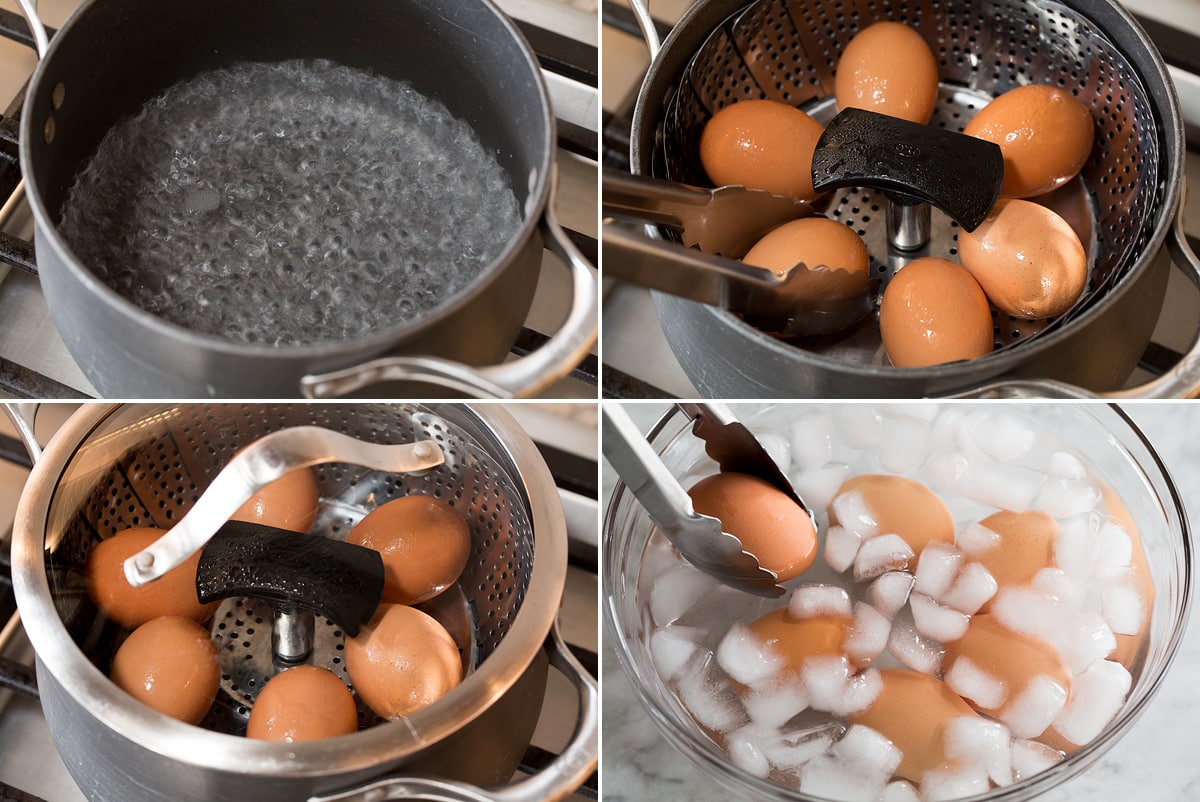

Articles
How To Steam Eggs In A Steamer
Modified: January 21, 2024
Learn how to steam eggs in a steamer and enjoy perfectly cooked, healthy eggs every time. Our informative articles provide step-by-step instructions and tips for a delicious egg-steaming experience.
(Many of the links in this article redirect to a specific reviewed product. Your purchase of these products through affiliate links helps to generate commission for Storables.com, at no extra cost. Learn more)
Introduction
Steaming eggs is a simple and healthy way to prepare this versatile and nutritious food. Unlike boiling, steaming eggs helps retain their delicate flavor and texture while minimizing the risk of overcooking or undercooking. Whether you prefer to enjoy them as a standalone snack, use them for salads or sandwiches, or incorporate them into various recipes, knowing how to steam eggs in a steamer can elevate your culinary skills.
In this article, we will explore the benefits of steaming eggs, guide you in choosing the right steamer, provide step-by-step instructions for preparing and steaming eggs, share tips for testing for doneness, offer suggestions for cooling and peeling, and present creative serving ideas. By the end of this article, you will have the knowledge and confidence to steam eggs to perfection every time.
Key Takeaways:
- Steaming eggs retains their nutritional value, consistent texture, and offers better control over cooking time. It’s a versatile, convenient, and aesthetically pleasing cooking method suitable for various dishes and recipes.
- Choosing the right steamer, proper egg preparation, and mastering the steaming process are essential for achieving perfectly steamed eggs. Creative serving ideas and troubleshooting tips enhance the overall steaming experience.
Read more: How To Use Egg Steamer
Benefits of Steaming Eggs
Steaming eggs offers a multitude of benefits that make it an attractive cooking method. Here are some reasons why you should consider steaming eggs:
1. Retains Nutritional Value: Steaming eggs helps preserve their nutritional content as it requires minimal water and cooking time. This technique retains the natural vitamins, minerals, and proteins found in eggs, ensuring you get the maximum nutrition from your meal.
2. Consistent Texture: Steaming eggs produces a consistently tender and creamy texture throughout the egg. Unlike boiling, which can sometimes result in rubbery or overcooked edges, steaming gently cooks the eggs for a perfect balance of firmness and creaminess.
3. Easy to Control Cooking Time: Steaming eggs allows you to have better control over the cooking time. By adjusting the steam intensity and duration, you can achieve the desired level of doneness, whether you prefer soft, medium, or hard-boiled eggs.
4. Convenient and Time-Saving: Steaming eggs is a hassle-free cooking method that requires minimal preparation and hands-on time. Once you set up the steamer, you can move on to other kitchen tasks while the eggs cook, making it a time-saving option for busy individuals.
5. Versatile Applications: Steamed eggs can be used in various dishes and preparations. They can be enjoyed as a standalone protein-rich snack, added to salads and sandwiches, or incorporated into recipes like deviled eggs, egg salad, or egg-based dishes such as quiches or frittatas.
6. Enhanced Digestibility: Steaming eggs makes them easier to digest compared to other cooking methods, such as frying or scrambling. The gentle steam helps break down proteins in the eggs, making them more easily absorbed by the body.
7. Aesthetically Pleasing Presentation: Steamed eggs have a visually appealing appearance with a smooth and evenly cooked exterior. They can enhance the presentation of a dish, making it more appetizing and appealing to the eyes.
Overall, steaming eggs is a simple and healthy cooking technique that allows you to enjoy the taste, texture, and nutritional benefits of eggs in an efficient and versatile way. Now let’s move on to choosing the right steamer for steaming eggs.
Choosing the Right Steamer
When it comes to steaming eggs, having the right steamer can make a significant difference in the cooking process and the final result. Here are some factors to consider when choosing a steamer:
1. Steaming Method: There are two main types of steamers you can choose from: stovetop steamers and electric steamers. Stovetop steamers require a stovetop or a heat source to generate steam, while electric steamers use built-in heating elements to produce steam. Consider your preference and convenience when deciding which type to go for.
2. Steaming Capacity: Consider the amount of eggs you typically steam at a time. If you often steam large batches of eggs, choose a steamer with a higher capacity. On the other hand, if you only steam eggs occasionally or for personal use, a smaller steamer will suffice.
3. Versatility: Look for a steamer that can be used for multiple purposes. Some steamers come with additional trays or compartments, allowing you to steam vegetables, seafood, or other foods alongside the eggs. This versatility can add value to your steamer and make it a more useful kitchen appliance.
4. Ease of Use and Cleaning: Consider the convenience of using and cleaning the steamer. Look for features such as easy-to-fill water reservoirs, intuitive controls, and dishwasher-safe components. Opting for a steamer with removable parts will also make it easier to clean and maintain.
5. Durability and Build Quality: Steaming eggs regularly requires a reliable and durable steamer. Look for steamers made from high-quality materials that can withstand repetitive use and high heat. Reading reviews and checking product warranties can give you an idea of a steamer’s durability.
6. Size and Storage: Consider the size and storage requirements of the steamer. If you have limited counter space or storage space in your kitchen, choose a compact steamer that can be easily stored when not in use.
7. Budget: Lastly, consider your budget when selecting a steamer. Steamers can vary in price based on their features, brand, and quality. Determine a budget range and find a steamer that fits within your financial constraints without compromising on essential features.
By considering these factors, you can find a steamer that suits your needs and preferences for steaming eggs. Once you have chosen the perfect steamer, it’s time to move on to preparing the eggs for steaming.
Preparing the Eggs
Before you start steaming the eggs, it’s essential to properly prepare them to ensure optimal cooking and easy peeling. Here are the steps to prepare the eggs:
1. Freshness: Begin with fresh eggs for the best results. Fresh eggs not only taste better but also peel more easily after steaming. If possible, choose eggs that are no more than one week old.
2. Cleaning: Wash the eggs gently under running water to remove any dirt or debris from the shells. Use a soft brush if needed, but avoid using soap or harsh chemicals as this can affect the taste and quality of the eggs.
3. Room Temperature: It’s recommended to let the eggs come to room temperature before steaming. This ensures even cooking and reduces the risk of cracking the eggs when they’re added to the steamer.
4. Poking the Eggs: To prevent the eggs from cracking during steaming, it’s important to create a small hole or puncture in the wider end of each egg. You can use an egg piercer or a pin to gently poke a small hole through the shell.
5. Egg Placement: Place the eggs gently and upright in the steamer tray or basket. Ensure that there is enough space between the eggs to allow for steam circulation and even cooking. Avoid overcrowding the steamer, as this can affect the cooking time and result in unevenly cooked eggs.
6. Seasoning (optional): If desired, you can season the eggs before steaming. Sprinkle a pinch of salt, pepper, or your preferred seasoning over the eggs for added flavor. However, be mindful of the amount of seasoning used, as it should complement the eggs rather than overpower them.
By following these steps, you will properly prepare the eggs for steaming. Once the eggs are ready, it’s time to move on to the next step: steaming them to perfection.
Steaming the Eggs
Now that you have prepared the eggs, it’s time to move on to the steaming process. Here’s how to steam eggs to perfection:
1. Fill the Steamer: Fill the base of your steamer with water according to the manufacturer’s instructions. Make sure not to overfill the steamer, as the water should be below the steamer basket or tray where the eggs will be placed.
2. Preheat the Steamer: Place the steamer on the stove or turn on the electric steamer to preheat. Allow the water to come to a gentle simmer or until steam starts to form.
3. Add the Eggs: Carefully place the prepared eggs into the steamer basket or tray, ensuring they are evenly spaced and not touching each other. Close the steamer lid to create a seal and retain the steam.
4. Steam Time: The steaming time will vary depending on the desired doneness and the size of the eggs. As a general guideline, for soft-boiled eggs, steam for around 6-8 minutes. For medium-boiled eggs, steam for 9-12 minutes. And for hard-boiled eggs, steam for 13-15 minutes. Adjust the steaming time according to your preference.
5. Maintain Steam: Keep a constant and gentle steam throughout the cooking process. Check the water level periodically and add more water if needed. Avoid opening the steamer unnecessarily as it can disrupt the cooking process.
6. Cooking Variations: If you prefer eggs with a custard-like texture or a more firm yolk, you can adjust the steaming time accordingly. Experiment with different cooking times to find the perfect texture that suits your taste.
7. Timer and Monitoring: Use a timer to keep track of the steaming time. You can also monitor the eggs by gently tapping them with a spoon or rolling them to check for firmness. Be cautious when opening the steamer and use oven mitts or tongs to handle the hot eggs.
By following these steps, you can achieve perfectly steamed eggs with the desired texture and doneness. Once the eggs are cooked, it’s important to test them for doneness before proceeding to the next step.
Add a splash of vinegar to the water in the steamer to help prevent the eggs from cracking while they cook.
Read more: How To Steam Hair With Steamer
Testing for Doneness
Testing the eggs for doneness is an essential step to ensure they are cooked to your desired level. Here are a few methods to test the doneness of steamed eggs:
1. Visual Appearance: One of the simplest ways to determine if the eggs are cooked to your liking is by observing their appearance. Soft-boiled eggs will have a slightly runny or custard-like yolk, while medium-boiled eggs will have a slightly firmer but still creamy yolk. Hard-boiled eggs will have a fully set and firm yolk.
2. Gentle Shaking: Gently shake the eggs to check if they are cooked to your desired level. Soft-boiled eggs will have a slightly jiggly or wobbly yolk, indicating a runny texture. Medium-boiled eggs will be less wobbly but still have some movement. Hard-boiled eggs will have a solid and non-wobbly yolk.
3. Peeling Test: If you’re unsure about the doneness, you can carefully peel one egg to check its yolk consistency. This method works best for medium and hard-boiled eggs. If the yolk is still liquid or undercooked in the center, return the remaining eggs to the steamer for additional cooking.
4. Internal Temperature: For a more accurate measure of doneness, you can use a kitchen thermometer to check the internal temperature of the eggs. Soft-boiled eggs should register around 145°F (63°C), medium-boiled eggs around 160°F (71°C), and hard-boiled eggs around 170°F (77°C).
Remember, the cooking time may vary depending on the size of the eggs, so it’s important to adjust the cooking time accordingly. Keep in mind that slightly undercooked eggs will continue to cook slightly as they cool down, while overcooked eggs may become dry and rubbery. Therefore, it’s important to find the right balance and texture that suits your preference.
Once you have determined that the eggs are cooked to your desired level, it’s time to move on to the next step: cooling and peeling the eggs.
Cooling and Peeling the Eggs
After steaming the eggs to perfection, the next step is to cool them down and peel them easily. Follow these steps to cool and peel your steamed eggs:
1. Cool in Cold Water: Carefully transfer the steamed eggs from the steamer to a bowl or sink filled with cold water. This helps stop the cooking process and makes the eggs easier to handle.
2. Let Them Sit: Allow the eggs to sit in the cold water for at least 5 minutes. This helps further cool the eggs and allows the steam trapped between the shell and the egg to escape, making the peeling process smoother.
3. Gently Tap and Roll: Once the eggs have cooled, gently tap each egg on a hard surface to crack the shell. Roll the egg gently under your palm to create small cracks all over the shell. This will help loosen the membrane and make peeling easier.
4. Peel Carefully: Begin peeling the eggs by starting at the wider end where the air pocket is located. Peel off small pieces of the shell, making sure to remove the thin membrane along with the shell. Take your time and be gentle to avoid damaging the egg whites.
5. Use Water for Stubborn Shells: If you encounter difficulty while peeling, try peeling the eggs under running water or submerging them in a bowl of water. The water helps to loosen any stubborn bits of shell and make the peeling process smoother.
6. Rinse if Necessary: Once the eggs are fully peeled, you can give them a quick rinse under running water to remove any remaining shell fragments. However, be careful not to rinse off the natural protective layer that forms on the peeled egg.
7. Store or Use: Once peeled, the eggs can be stored in the refrigerator for a few days if you’re not using them immediately. Place the peeled eggs in an airtight container to maintain freshness. Alternatively, use the freshly peeled eggs in your desired recipe or enjoy them as a healthy snack.
By following these steps, you can cool and peel your steamed eggs easily without any hassle. Now that you have successfully peeled the eggs, let’s explore some serving suggestions for these delicious steamed eggs.
Serving Suggestions
Steamed eggs can be served in various ways, both as a standalone dish or incorporated into different recipes. Here are some creative serving suggestions to enjoy your steamed eggs:
1. Simple and Seasoned: Sprinkle a pinch of salt, pepper, or your favorite herbs over the steamed eggs for a simple yet flavorful snack. Enjoy them as is, or pair them with toasted bread or crackers.
2. Deviled Eggs: Mash the steamed egg yolks with mayonnaise, mustard, and your choice of seasonings to create a creamy and flavorful filling. Spoon the filling back into the halved egg whites for a classic and crowd-pleasing appetizer.
3. Egg Salad: Chop the steamed eggs and mix them with mayonnaise, minced celery, green onions, and a dash of mustard. Use the egg salad as a filling for sandwiches, wraps, or on top of a bed of greens for a light and satisfying lunch.
4. Cobb Salad: Arrange slices or wedges of steamed eggs over a bed of fresh salad greens, along with cooked bacon, avocado, cherry tomatoes, and crumbled blue cheese. Drizzle with your favorite dressing for a delicious and protein-packed Cobb salad.
5. Ramen or Noodle Bowls: Slice the steamed eggs and place them on top of a warm bowl of ramen or noodle soup. The creamy yolk adds richness and depth of flavor to the dish, making it even more comforting and satisfying.
6. Breakfast Burrito or Wrap: Chop the steamed eggs and use them as a filling for a breakfast burrito or wrap. Add sautéed vegetables, cheese, and your choice of breakfast protein for a hearty and portable morning meal.
7. Topping for Rice or Grain Bowls: Place a sliced steamed egg over a bowl of rice or grains along with cooked vegetables, protein of your choice, and a drizzle of sauce. The soft yolk will act as a rich and flavorful sauce, adding a burst of flavor to the bowl.
8. Egg Fried Rice: Chop the steamed eggs and stir-fry them with cooked rice, vegetables, and soy sauce for a quick and delicious egg fried rice dish. Customize it with your favorite ingredients such as shrimp, peas, or diced ham.
These are just a few ideas to inspire you when serving steamed eggs. Feel free to get creative and experiment with different flavor combinations and recipes that suit your taste preferences. Steamed eggs offer endless possibilities to elevate your meals with their creamy texture and delicate flavor.
Now that you know how to serve steamed eggs, let’s go over some troubleshooting tips to address any potential challenges you may encounter during the cooking process.
Troubleshooting Tips
If you face any challenges while steaming eggs, here are some troubleshooting tips to help you overcome common issues:
1. Cracked Eggs: If the eggs crack during steaming, make sure you gently handle them when transferring to the steamer. Allowing the eggs to come to room temperature before steaming can also help reduce the risk of cracking.
2. Uneven Cooking: If you notice that some eggs are cooked more or less than others, try to space them evenly in the steamer without overcrowding. This ensures that each egg receives equal heat distribution.
3. Undercooked Eggs: If the eggs are undercooked, simply return them to the steamer and continue steaming for an additional 1-2 minutes until they reach the desired doneness.
4. Overcooked Eggs: If the eggs are overcooked and have a rubbery texture, reduce the steaming time by a minute or two in your next attempt. Experiment with different steaming times to find the ideal texture for your preference.
5. Difficult Peeling: If the eggs are challenging to peel, make sure you cool them properly in cold water before attempting to peel. Older eggs also tend to peel more easily, so try using eggs that are closer to their expiration date.
6. Skins Sticking to Egg Whites: If you notice that the egg whites have a slightly bumpy or rough texture due to the inner membrane sticking to the whites, try peeling the eggs under running water or submerging them in a bowl of water for easier removal of the membrane.
7. Off Odor or Taste: If the steamed eggs have an unusual odor or taste, make sure you have used fresh eggs and cooked them within their recommended shelf life. Also, avoid overcooking the eggs, as this can contribute to a sulfurous smell.
Remember, practice makes perfect, and it might take a few tries to achieve the desired results. Don’t be discouraged if you encounter any challenges along the way. With these troubleshooting tips, you should be able to overcome common issues and enjoy delicious steamed eggs.
Now that you’re armed with troubleshooting know-how, you can confidently embark on your steaming journey. Steamed eggs make a nutritious and versatile addition to meals, whether served as a simple snack, incorporated into recipes, or as the star of a dish. Enjoy the process of steaming eggs and discovering the delicious possibilities they offer.
Read more: How To Steam Veggies With A Steamer
Conclusion
Steaming eggs is a fantastic cooking technique that allows you to enjoy the benefits of nutrition, flavor, and convenience. By steaming eggs, you can retain their nutritional value, achieve a consistent texture, and have better control over the cooking time. Whether you’re an experienced cook or a novice in the kitchen, steaming eggs is a simple and rewarding process that yields delicious results.
In this article, we discussed the benefits of steaming eggs, guiding you on how to choose the right steamer, and provided step-by-step instructions on preparing and steaming the eggs. We also shared tips on testing for doneness, cooling, and peeling the eggs. Additionally, we showcased various creative serving suggestions and troubleshooting tips to address common challenges.
Steamed eggs can be enjoyed in various ways – as a standalone snack, in salads, sandwiches, or as a versatile ingredient in other recipes. With the right techniques and a touch of creativity, steamed eggs can elevate your meals and provide a nutritious, protein-rich addition to your diet.
Remember, practice is key when it comes to perfecting your steamed eggs. Each time you try, you’ll gain more experience and discover your preferred texture and cooking time. Don’t be afraid to experiment with seasonings, accompaniments, and recipes to personalize your steamed eggs.
So, whether you’re looking for a quick and nutritious snack, a protein-rich addition to your meals, or an ingredient to incorporate into various recipes, give steaming eggs a try. Embrace the simplicity and deliciousness of this cooking method, and enjoy the health benefits that come with it. Happy steaming!
Frequently Asked Questions about How To Steam Eggs In A Steamer
Was this page helpful?
At Storables.com, we guarantee accurate and reliable information. Our content, validated by Expert Board Contributors, is crafted following stringent Editorial Policies. We're committed to providing you with well-researched, expert-backed insights for all your informational needs.
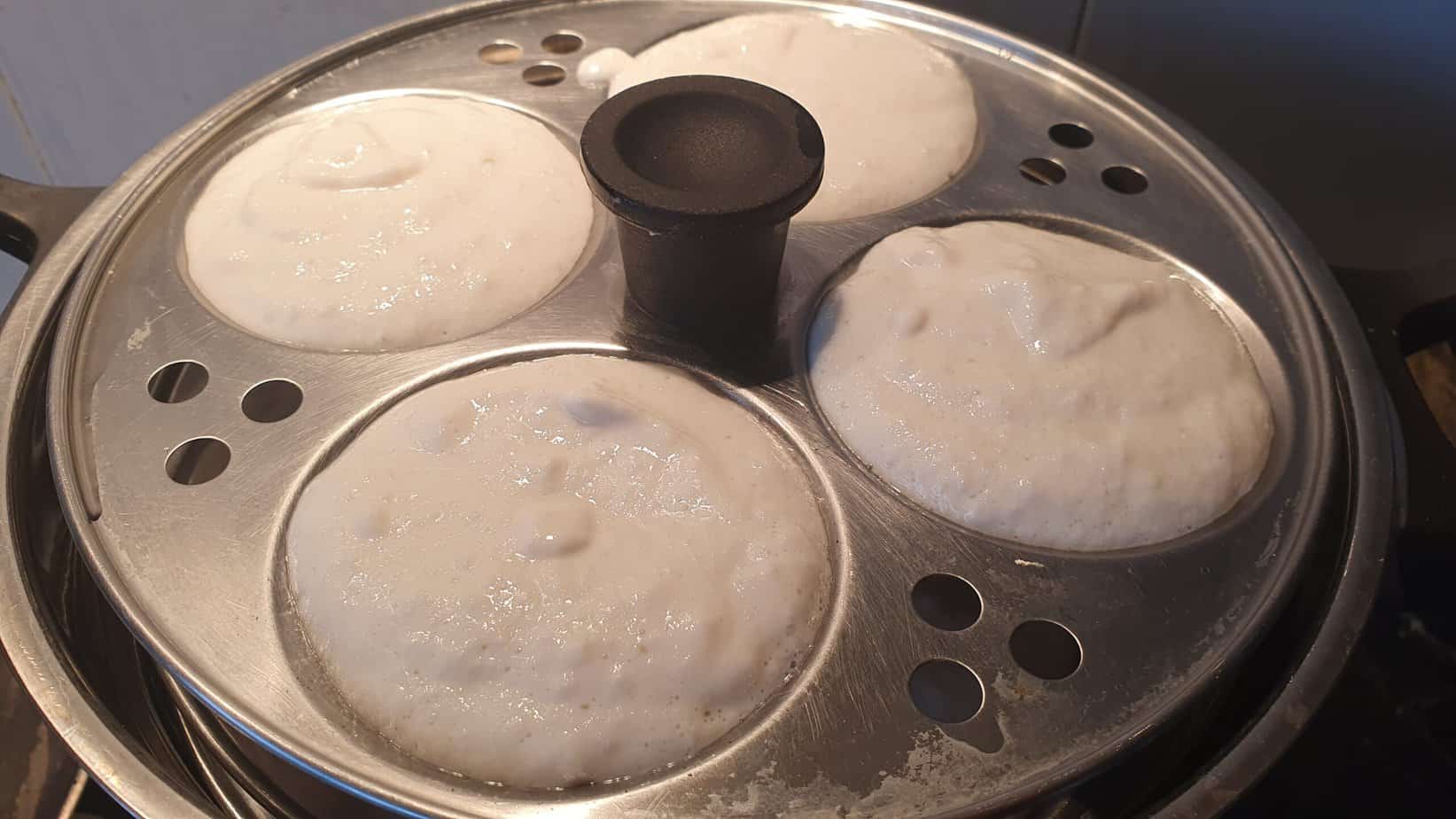

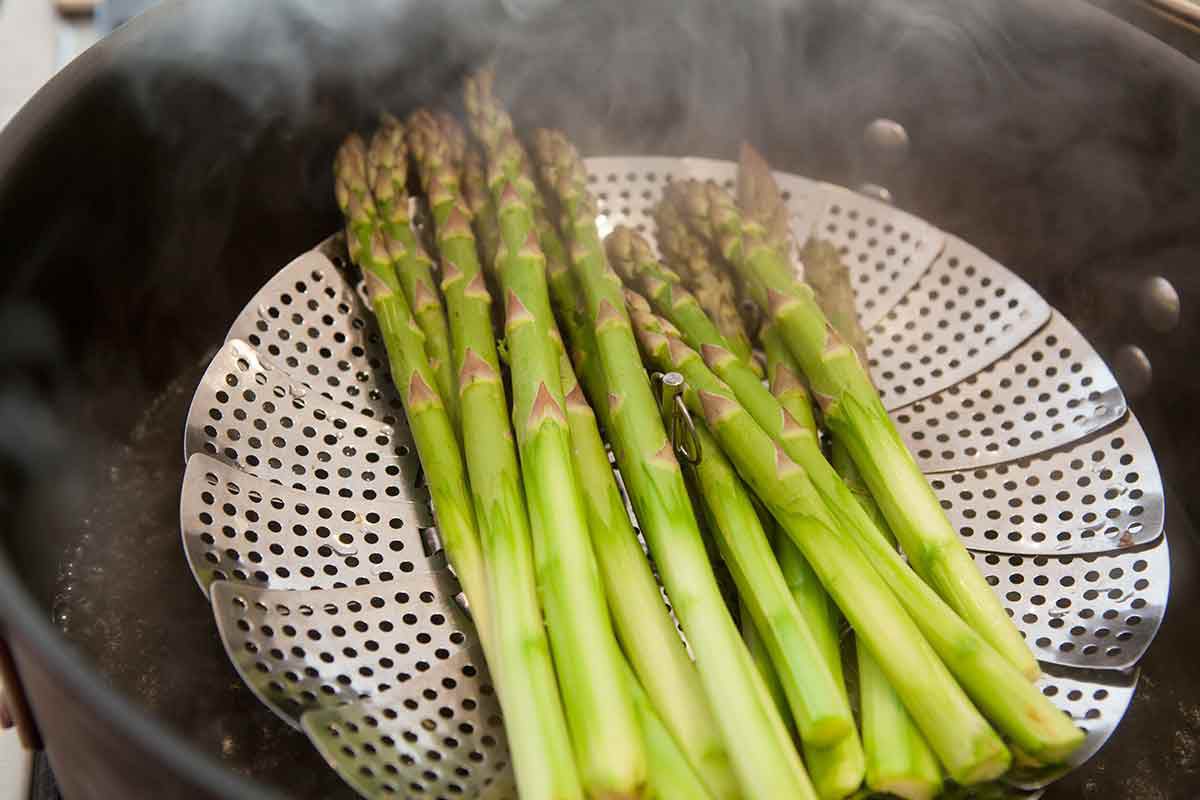
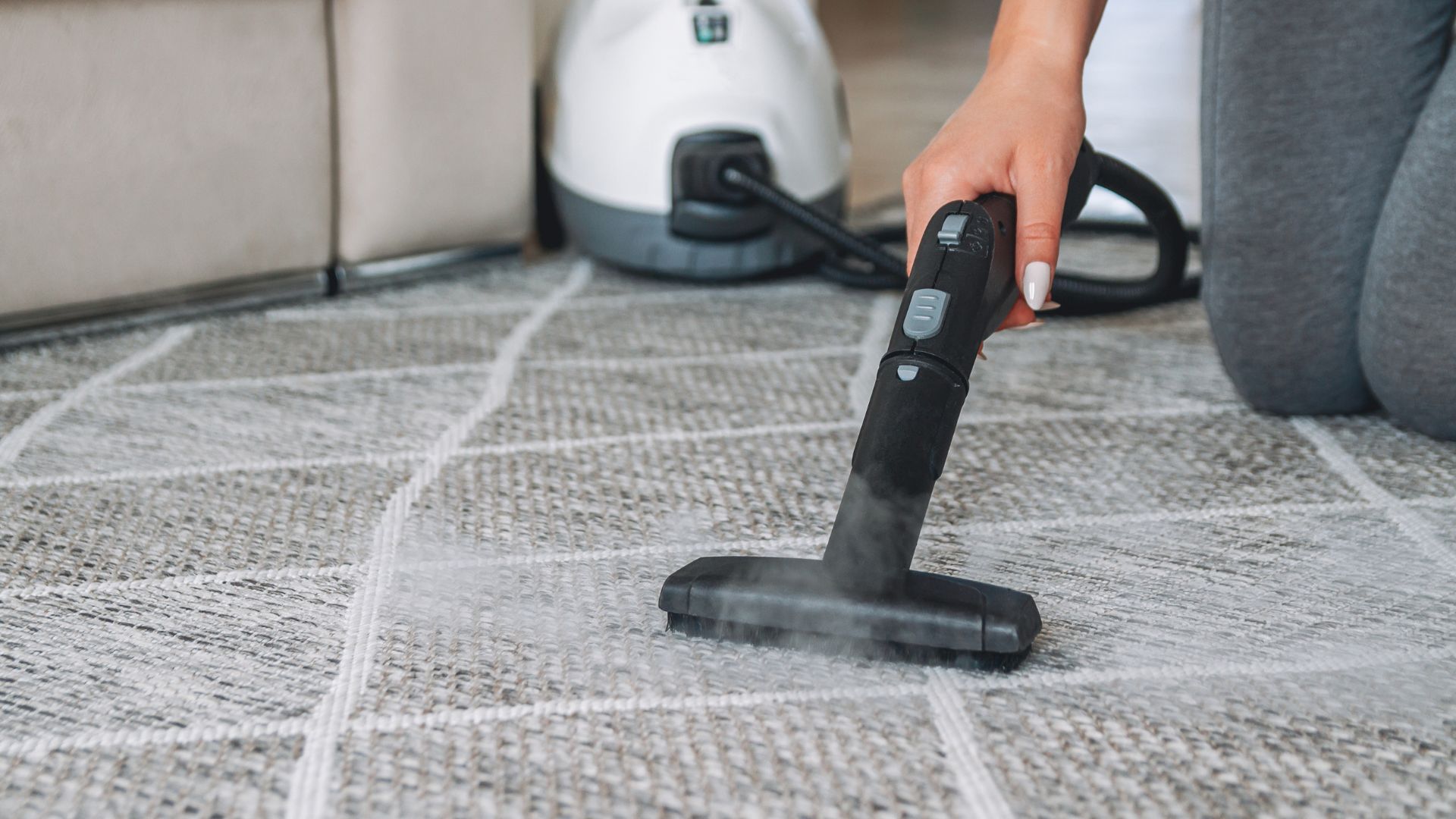
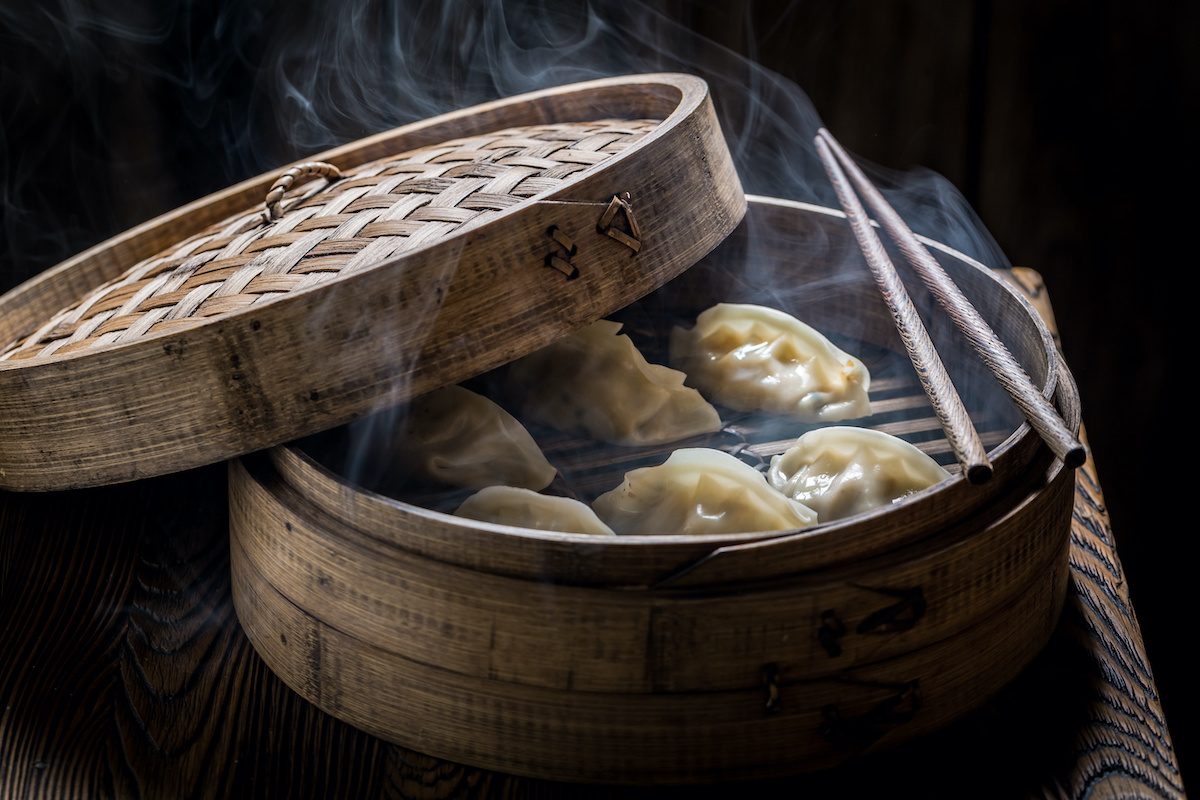
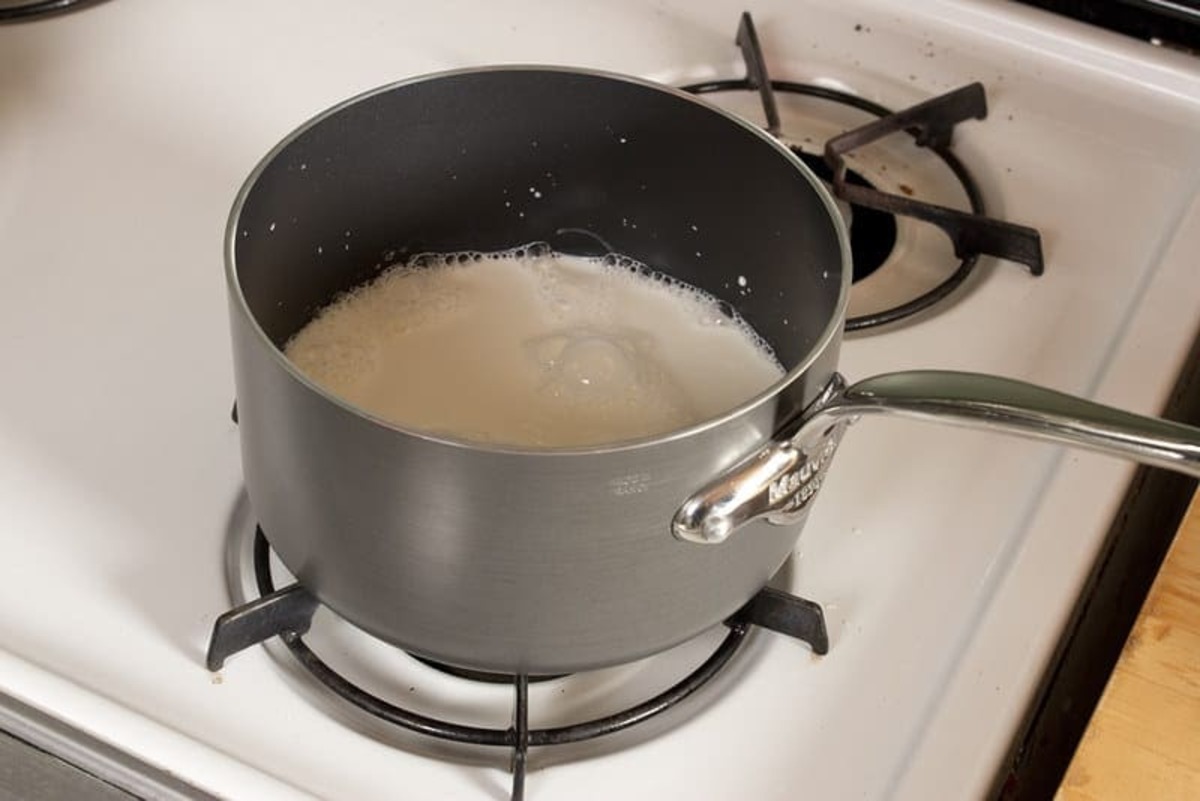
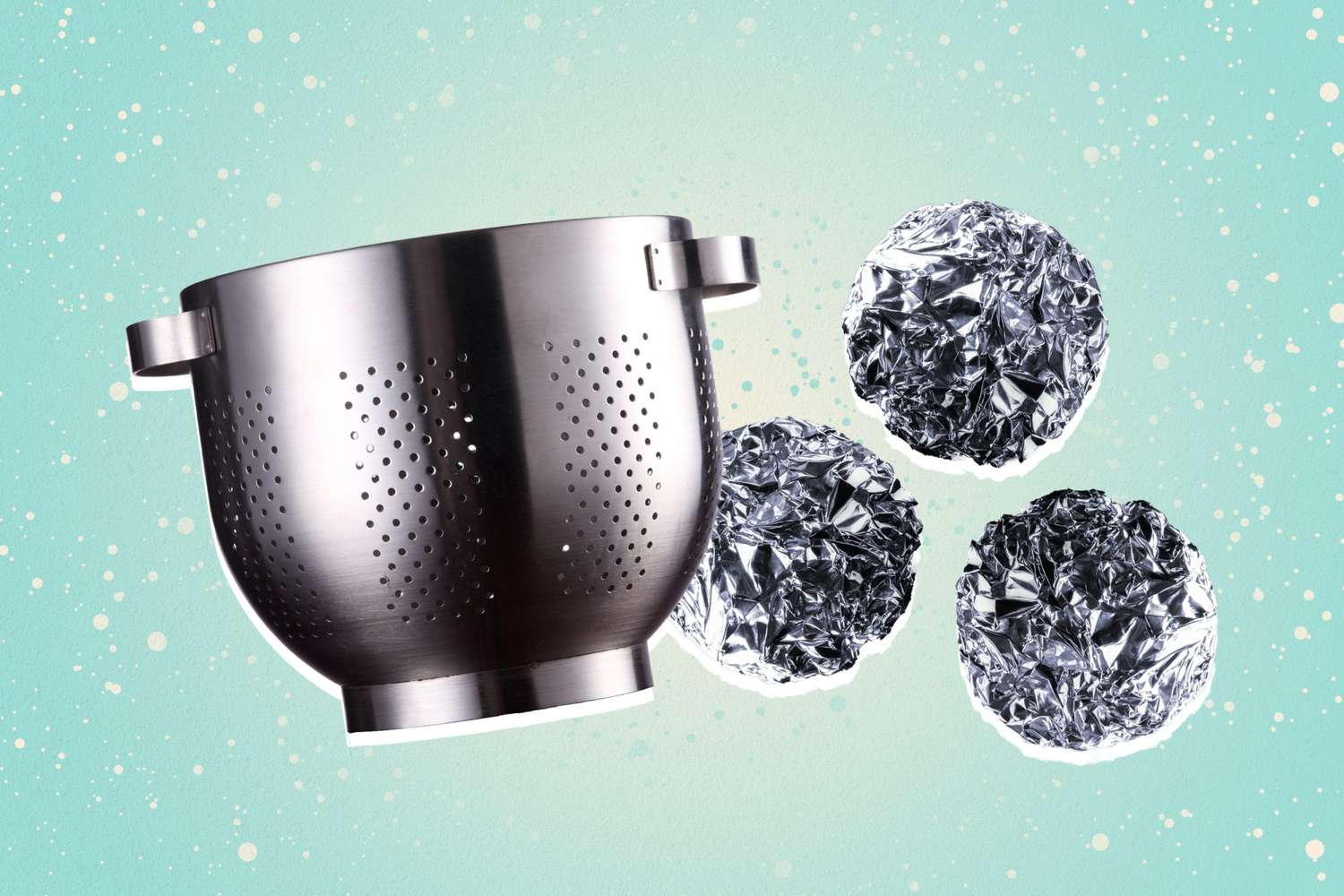

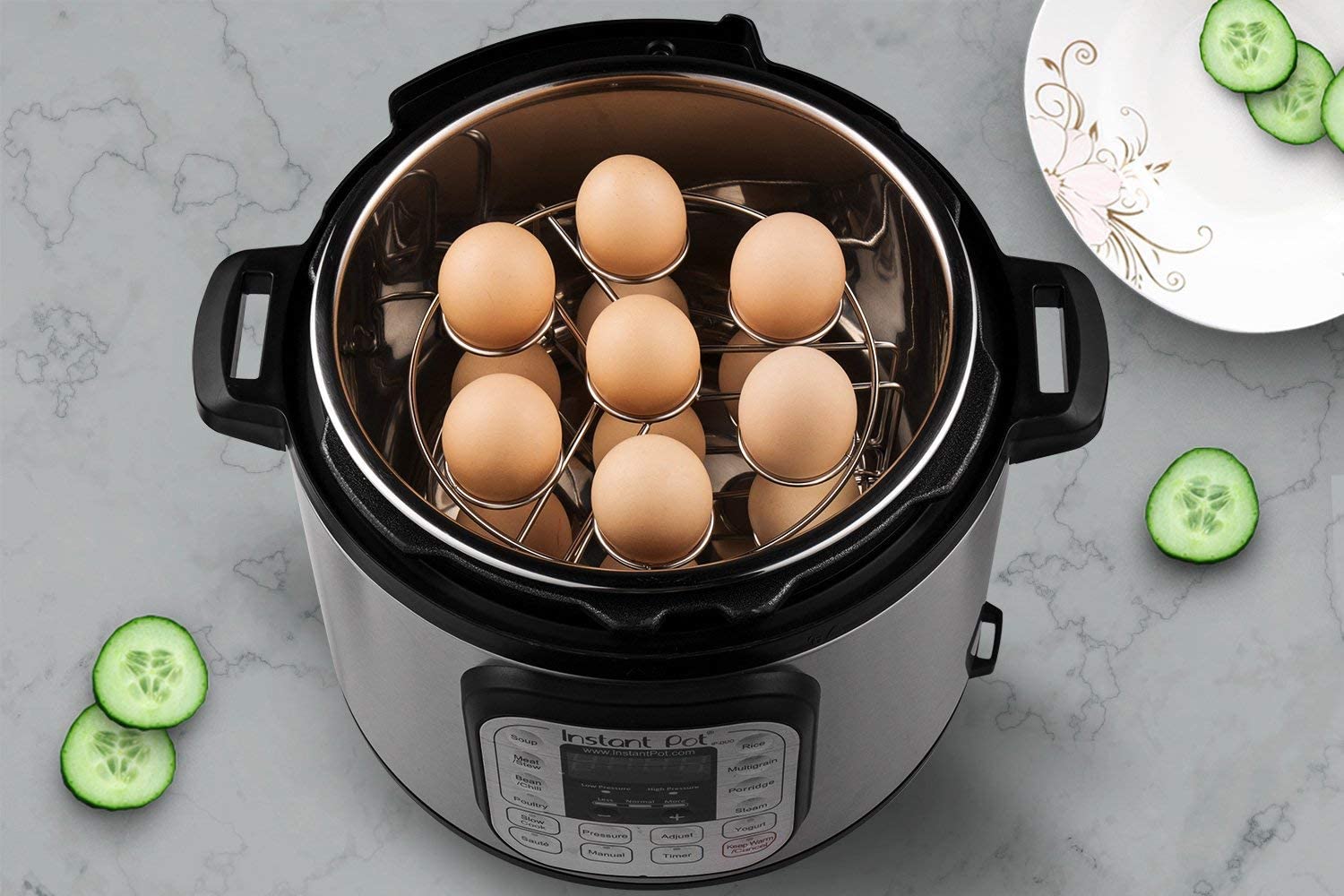
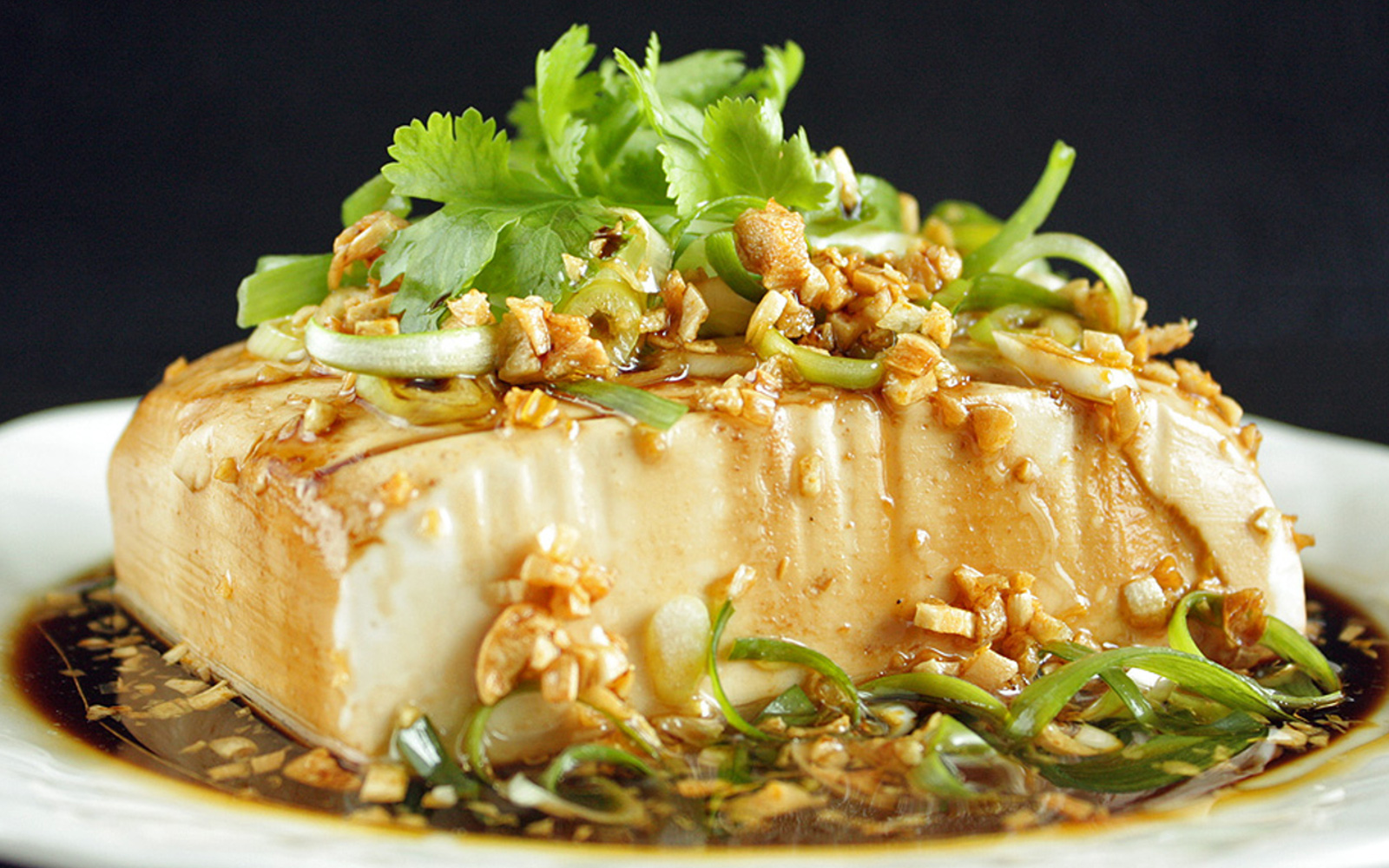
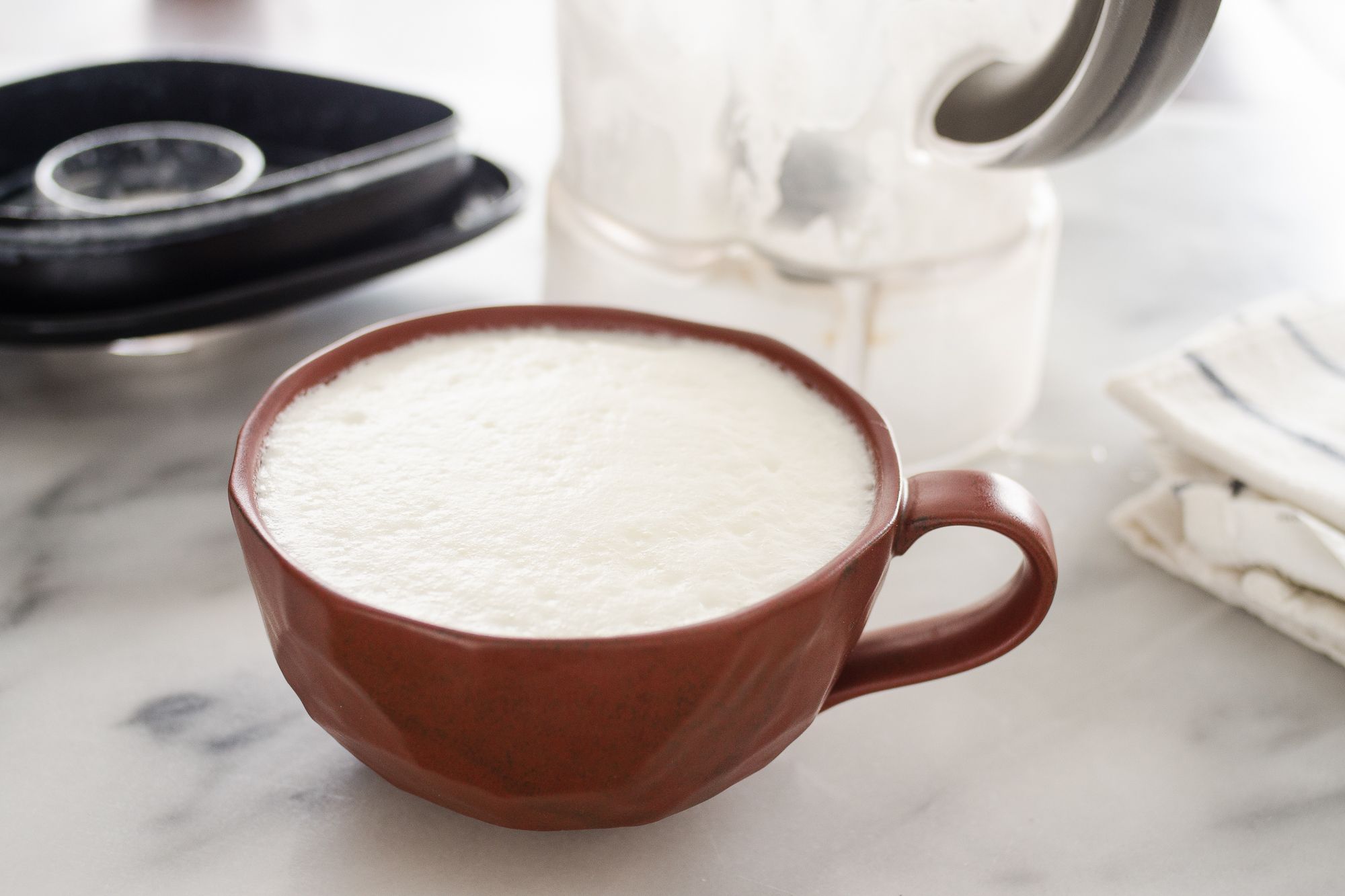
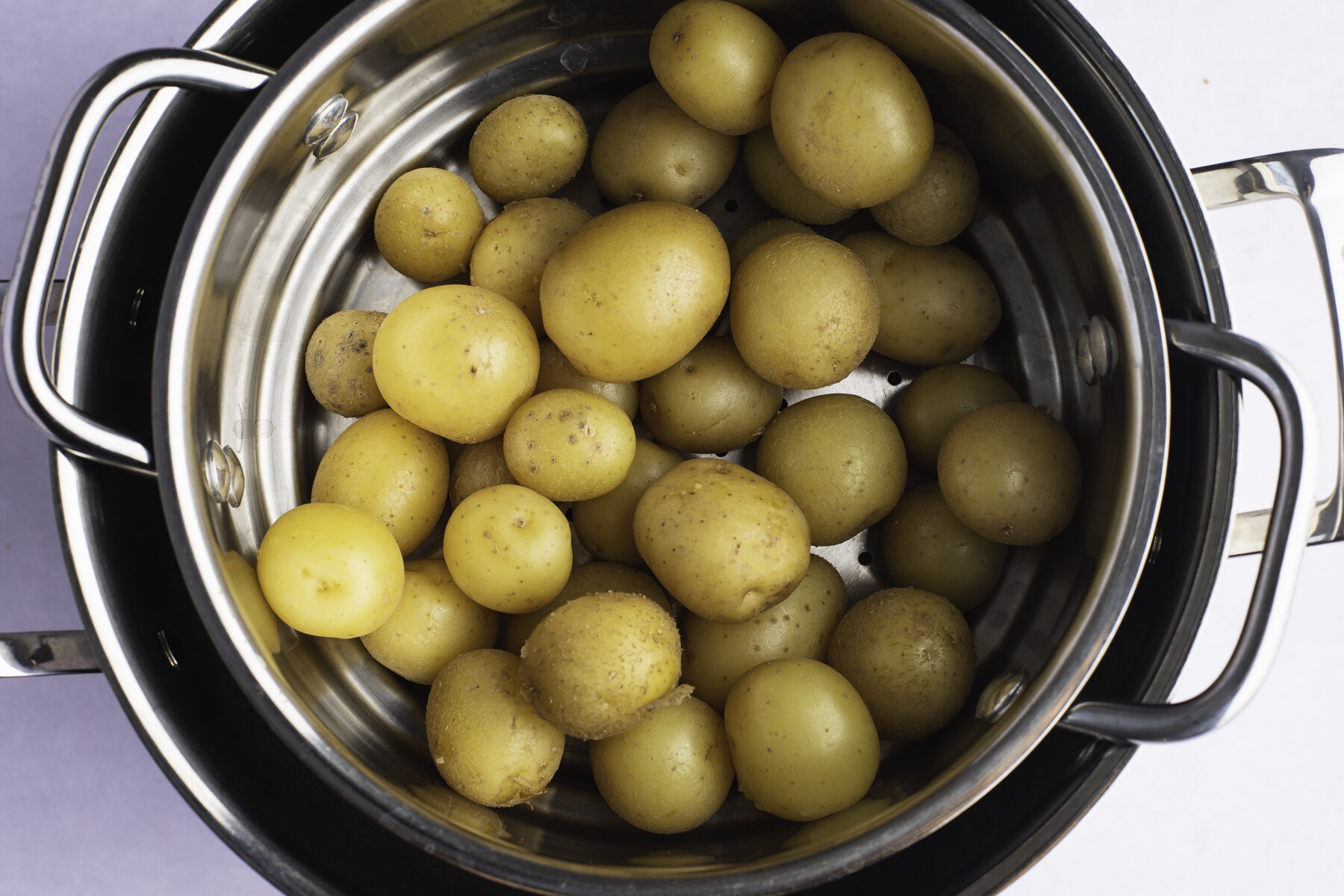
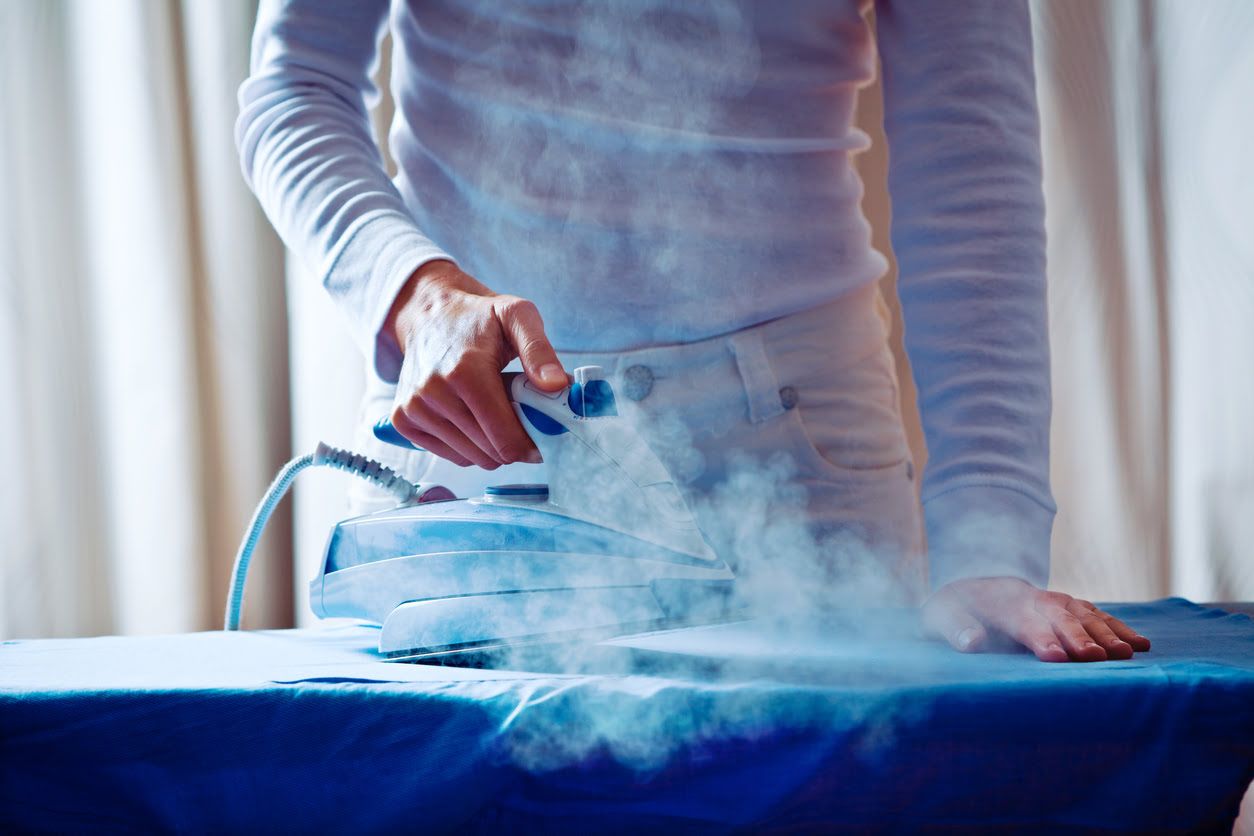

0 thoughts on “How To Steam Eggs In A Steamer”